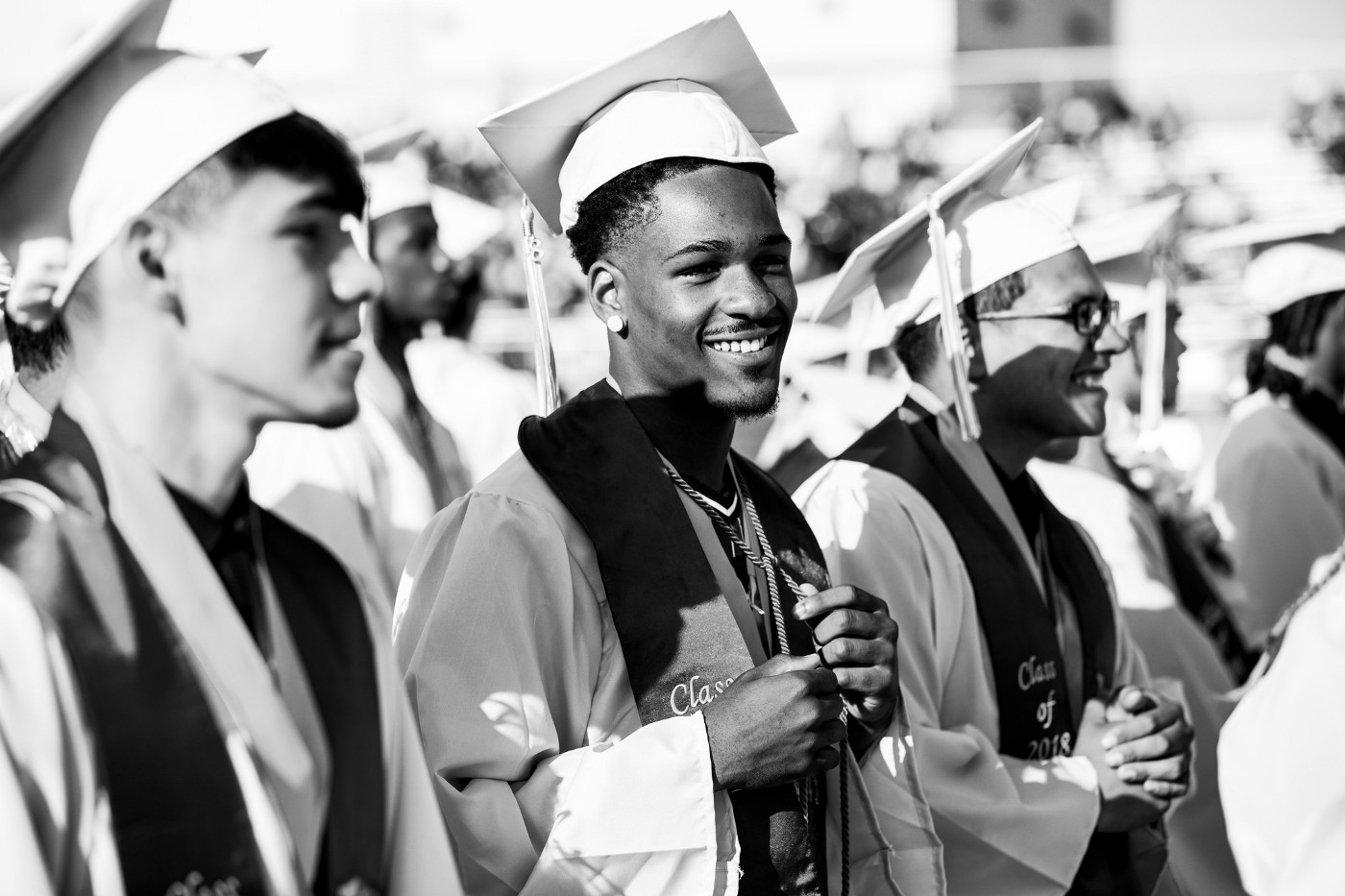What I learned from failing

By Cristina de Jesus
Last month, I shared a reflection with New Schools Venture Fund (NSFV) on several of the lessons I’ve learned in the past 18 years of operating schools in Los Angeles. Today, I want to underscore and elaborate on those lessons learned.
It’s really hard to talk about failure, but it’s also a personal credo for me in my work; owning mistakes just as much as sharing wins is critical to the long-term success of public education.
As the CEO of Green Dot California, I oversee the management of 22 schools and 11,500 students across Los Angeles. We aren’t a traditional charter organization, nor are we like a traditional district — rather we see our model as a third way that can leverage the best practices from across public education in a truly replicable fashion. We have a reform-minded union at the classified and teacher levels; we open brand new schools and have taken over district schools where we serve an entire attendance boundary. All of these parts of our model are purposeful — we seek to create a model that is replicable within the public school system.
In 2008, the Los Angeles Unified School District Board voted to turn over Locke High School to Green Dot. This was around the time that new data showed that 50% of drop-outs in the United States came from 5% of the schools. Coming into Locke was a purposeful decision for us, and we were starting not at the beginning of a child’s education — but in high school, where too often students, are assumed to be a lost cause. Turning around Locke was an opportunity to provide high-quality education to students often left behind by failing neighborhood schools. This was what Green Dot was made for.
We went into the work at Locke thinking we were going to save Locke, and turn around the school. The reality is, Locke saved us. When Green Dot first decided to turn around schools, we didn’t fully understand what we were getting ourselves into. Locke was the first school to really show us what “ALL students” means. Up until this point, we had served students facing very challenging circumstances. Over 90% FRL with special populations that matched or exceeded district and state averages. At Locke, however, we faced a level of intense need we had not faced up until this point, and the level of need has intensified over the course of the last 10 years.
When we walked into Locke, we were coming from a fantasy world of 400-student waiting lists, the breathing room to create our own culture, and the assumption that our model was ready to take on the challenges waiting for us at Locke. We underestimated on every level the social-emotional needs, the degree to which students would be behind, and the effects of neighborhood trauma on our students. We thought we could take our knowledge of opening successful new charter schools and apply them directly to the turnaround context. But with turnarounds, you walk into schools that already exist in communities and already serve as neighborhood hubs.
We thought we would be able to save Locke because we had some success opening schools in what we thought were similar contexts. For instance, at Locke, on average, students come from surrounding middle schools in the bottom 1% of performance, approximately at the 3rd grade level. Worse than, but similar to, the incoming proficiency of our existing independent public charter schools. That assumption has ended up being one of the most important mistakes we’ve made because it has fundamentally affected how we do our work across all of our Green Dot Schools, and we have seen better outcomes because of it.
The lessons we learned from turning around Locke not only made us better at school turnaround, it also made us better at running our independent schools. We evolved our academic model and shifted our investments network-wide to better address social and emotional learning and student mental health needs. In fact, we added an entire arm to our model called “Eliminating Barriers to Learning”. And, our successes at Locke are undeniable: We have reduced the dropout rate by 40%, and Locke’s college-ready graduation rate is now higher than the California state average.
Today, all our independent high schools are recognized as some of the best in the country. We have three Gold Ribbon schools and three distinguished schools among them; seven are Gold and Silver medalists in the US News & World Report rankings. All nine exceed the state graduation rate for non-socioeconomically disadvantaged students — for both cohort grad rate and A-G grad rate. We have the learnings at Locke, in part, to thank for these results.
Charter schools were started with the basic premise that the kids weren’t the problem, the system was, and 25 years later we have borne that out — but we challenge the education reform community to see what more we can do. Our work at Locke High School is proof positive that improving public education is not only possible, but it’s necessary. What has become clear to me through our turnaround efforts at Locke and other schools is that school choice is a healthy part of our public education system, but to truly meet the needs of ALL kids, we have to understand that putting a charter school in every neighborhood isn’t a singular solution.
All students — and I mean ALL — deserve a high-quality public education in their neighborhood. We must continue to talk about our failures, to share our lessons, and to be honest about the kinds of challenges that public education faces. Together, we can improve schools so that all students are served equitably and can grow and thrive — no matter where they live, no matter where they come from.
The author is president and CEO of Green Dot California.
